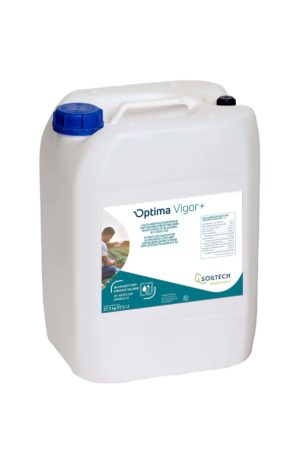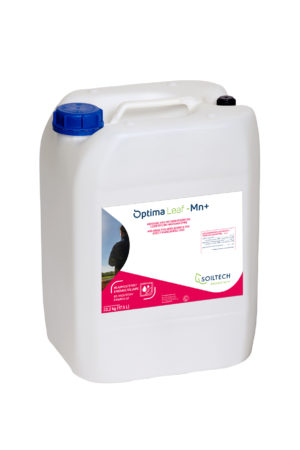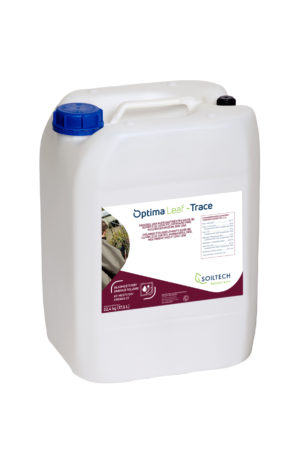Chlorophyll is the plant’s powerhouse. It produces, also by using sunlight, sugars which the plant in turn can use to grow and store reserves in the seeds, tubers, or bulbs which the grower then can harvest. If a plant produces more chlorophyll, it can produce more sugars which ultimately results in a higher yield.
What slows down chlorophyll production?
A lack of sunlight, water, nitrogen, magnesium, iron and manganese can all act as inhibiting factors on optimal chlorophyll production in the plant.
In practical circumstances, conditions are seldom optimal. In case of droughts, insufficient water is available which can result in insufficient availability of magnesium, iron, or manganese.
A chlorophyll deficiency manifests by the yellowing of the leaf between the veins. This indicates a shortage of chlorophyll production. You often see that the older parts of the plant start yellowing. However, other changes to the leaf colour can also occur. Gerberas display a reddening for example.
What stimulates the production of chlorophyll?
To improve photosynthesis, plant growth and yield, in addition to sufficient light and water, it is also important to provide crops with the following elements: nitrogen, magnesium, iron, manganese. Only then can the plant produce chlorophyll.
There are numerous conditions which can cause insufficient uptake from the soil of one or more of the above-mentioned elements. Leaf spraying with an efficient foliar fertiliser provides a solution.
Relevant products
-
 Foliar fertiliser
Foliar fertiliserOptima Vigor+
-
 Foliar fertiliser
Foliar fertiliserOptima Leaf-Mn+
-
 Foliar fertiliser
Foliar fertiliserOptima Leaf-Trace

